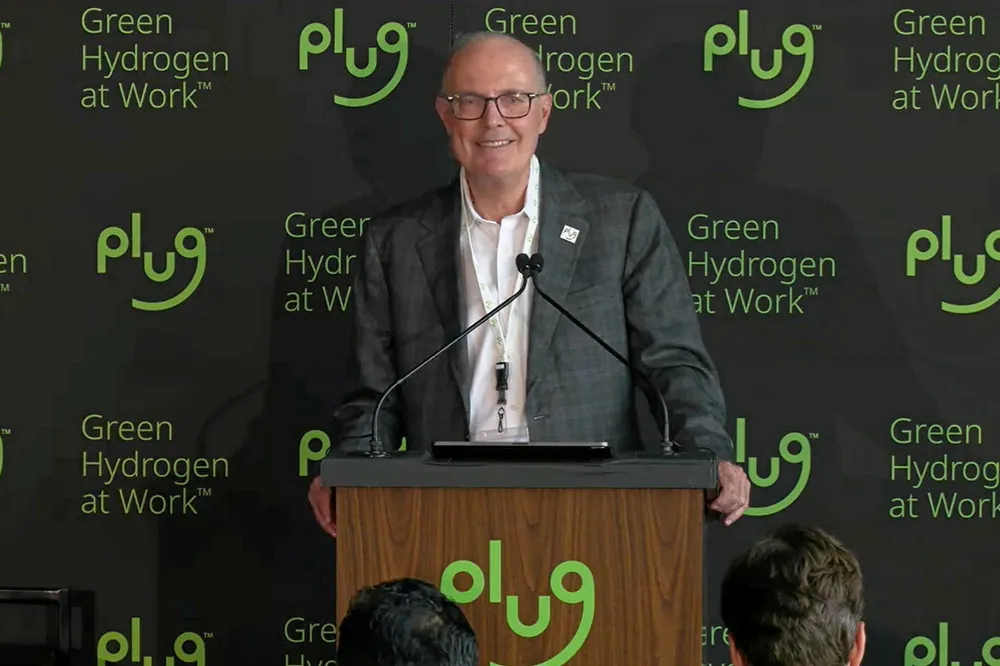US green hydrogen company Plug Power predicts up to $140m of profits after years of heavy losses
Investments into gigafactories and renewable H2 plants is expected to pay off, with the firm ‘well-positioned’ to take advantage of subsidies

Investments into gigafactories and renewable H2 plants is expected to pay off, with the firm ‘well-positioned’ to take advantage of subsidies
